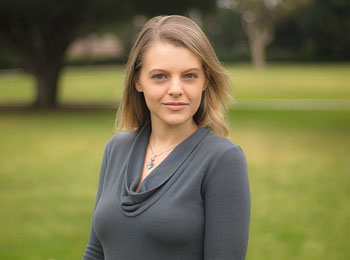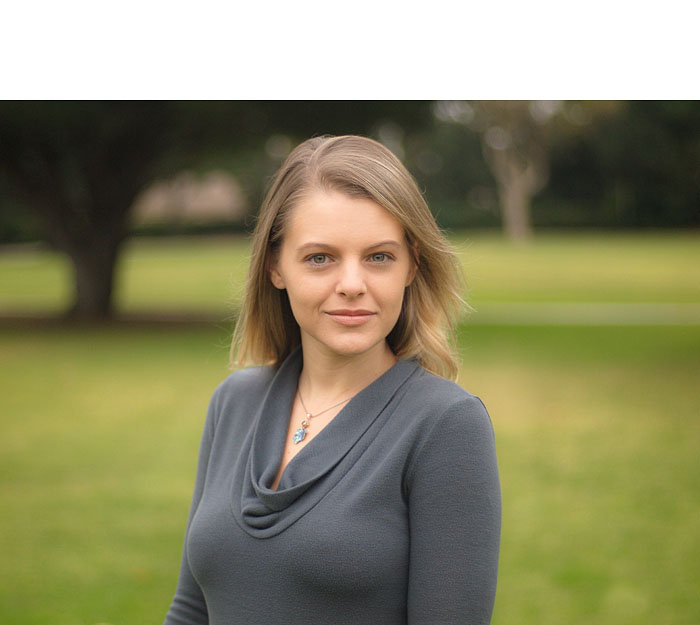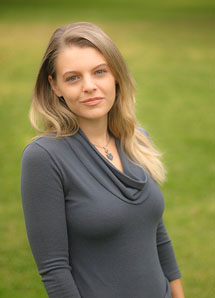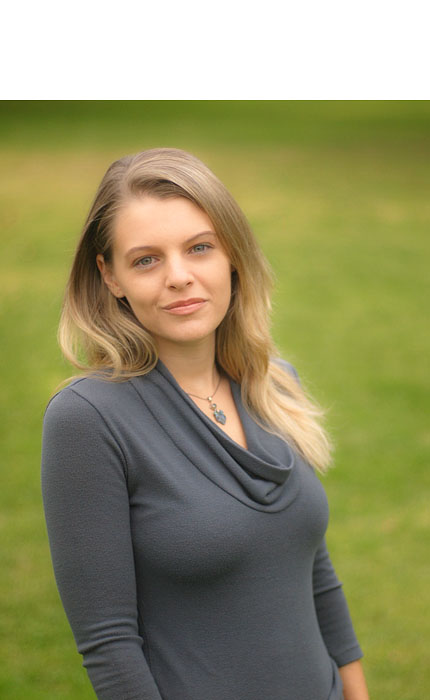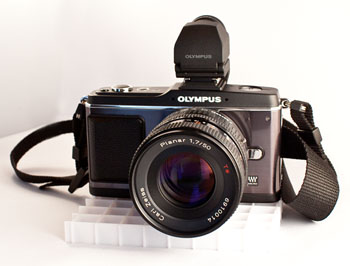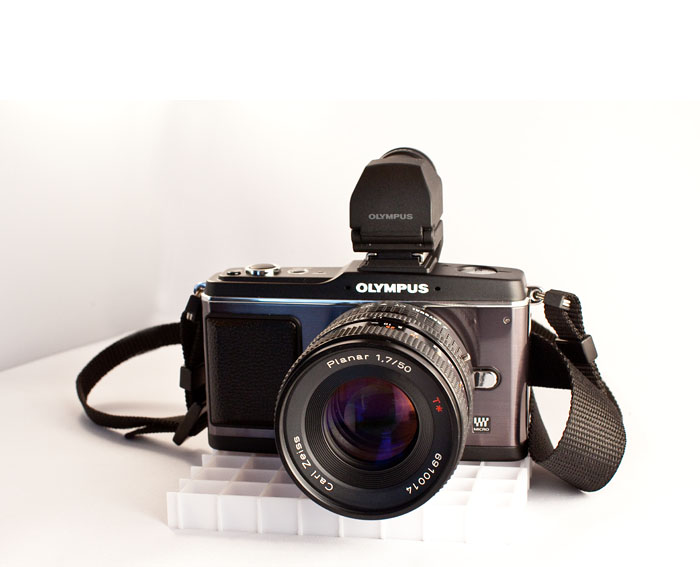As I've been testing the VF-2 Electronic Viewfinder for the Olympus E-P2, I've found that it excels in certain applications. My favorite so far is when I use my Zeiss manual focus lenses (from my Contax film days) on the digital Olympus. In my first round of testing with the older E-P1, the lenses certainly worked fine and gave me the different look that I wanted. The problem was, I found it difficult to manually focus the Zeiss lenses with the 230,000 LCD on the back of the E-P1, especially outdoors in daylight.
When I had a chance to try the new Olympus E-P2 that's now in stock for $1,100 with electronic viewfinder and zoom lens, I thought that the VF-2 might make it easier to work with the manual focus lenses. I was right. What a difference!
Portraits of Jenn captured with an Olympus E-P2 and Zeiss 50mm lens. These images have been processed in Photoshop. But you can see rawer versions on the TDS Flickr page. I toned some of them, but didn't do any retouching. (Click for larger images here.) Photos by Derrick Story.
I start by mounting the Rayqual CY M 4/3 adapter on the E-P2, then choosing the Zeiss lens that's best for the assignment. For this portrait shoot with Jenn, I chose the 50mm f/1.7 Planar and shot with it wide open. The lighting was overcast that afternoon in Ventura, and I wanted a dreamy effect with very soft background. In order for this to work at all, I would have to nail the focus on Jenn's eyes, then let everything go the way it wanted with the shallow depth of field. The VF-2 really helped. I didn't have to use any focusing aids at all. I just looked through the viewfinder, twisted the lens barrel to the left and right until the focus because clear. Plus, I felt more professional looking through a viewfinder rather than holding the LCD up to my face.
The character of the Zeiss lens is unique compared to my Olympus digital glass. The best way for me to describe it is, it's the difference in sound quality that you get from a vinyl LP record compared to a digital MP3. Everything seems a little warmer, less edgy. However, some photographers, especially those who look at every pixel, might not like this rendering. But for certain types of portraiture, I love it.
One thing you don't get with this scenario is complete metadata. You have to remember or note the aperture setting you used, because the camera has no way to record it. The nice thing about the E-P2, however, is that image stabilization is in the body, not the lens. So you still get IS even with these older lenses.
I'm going to do some more testing with different glass. I really like having the option to create a completely different look, yet still have all the conveniences of the digital workflow.
-
